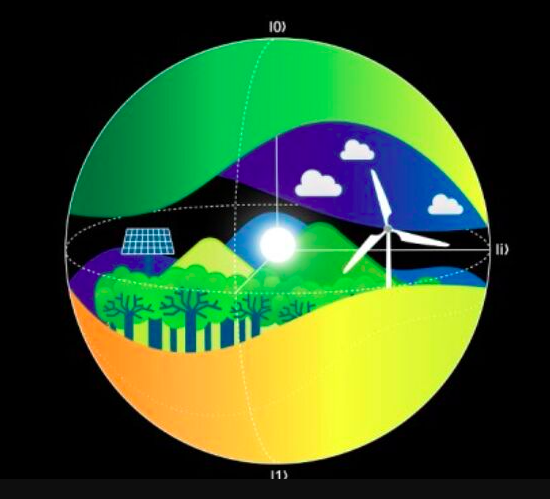Qlimate: Deloitte’s Quantum Climate Challenge 2023
Published:

Image credits: Deloitte
Abstract
In the NISQ era’s quantum computing applications, quantum chemistry is a key frontier. Utilizing Hybrid Quantum Classical Optimization, we investigated the minimum of the Ground Potential Energy Surface (PES) of MOF with gas molecules. Employing a deparameterization approach, we froze $R_y$ gates, simplifying the energy landscape while maintaining global minimum accuracy.
Extending this approach to carbon capture on MOFs, we explored PES minima with $CO_2$ and H$_2$O using Mn(II) and Cu(I) metal ions (separate experiments). Parameter reduction to 2 from 8 and 10 for Mn(II) and Cu(I) ansatz, respectively, was achieved. For H$_2$O + Mn(II), active space reduction yielded a 4-qubit ansatz with $10^{-2}$ relative error in ideal and $10^{-1}$ in noisy simulation. Employing error mitigation techniques narrowed the ground state energy to within 6 percent of actual.
In CO$_2$ capture, amine scrubbing is a promising technology. We modeled CO$_2$ + CH$_3$NH$_2$ and simulated the 7-qubit ansatz with $10^{-2}$ relative error in ideal and $10^{-1}$ in noisy simulations. Braket’s DM1 Simulator yielded a $10^{-2}$ relative error, with ground state energy within 3.6 percent of actual. Employing DMET for CO$_2$ + CH$_3$NH$_2$, with VQE as a fragment solver for Nitrogen, produced results within $10^{-1}$ relative error.
Finally, exploring H$_2$O + Cu-MOF-74 with DMET and a simple fragmentation strategy, we achieved promising results within $10^{-2}$ relative error compared to RHF method. Future extensions aim to utilize quantum computing methods for higher accuracy solvers.
